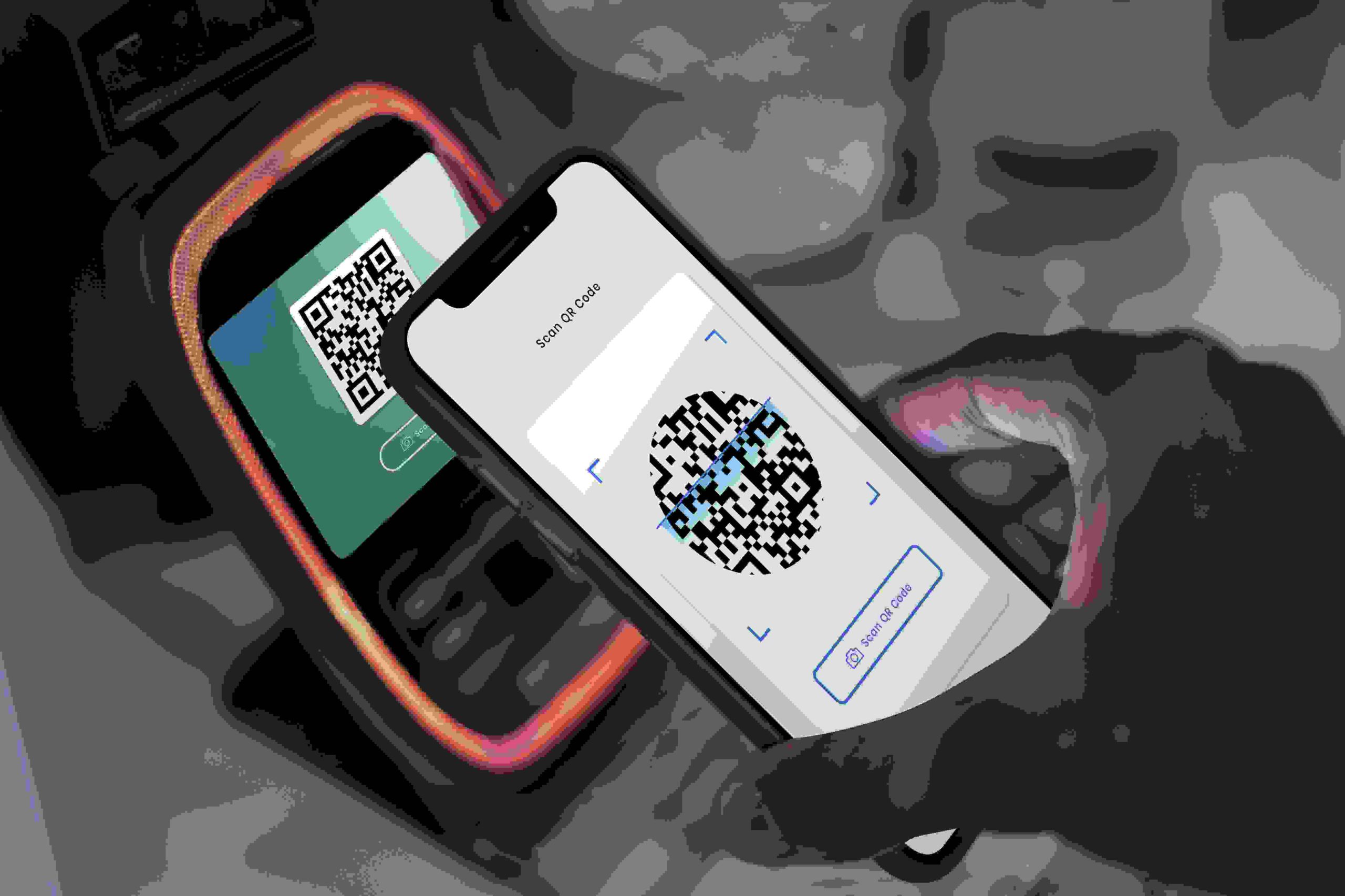As more banking users leave their homes without their leather counterparts, here’s what your payment app must offer.
The global payments ecosystem repeatedly reminds users that cash is no longer the king. With digital payments growing at 12.37% annually across the globe, payment apps are fast replacing their old-school versions. Yet, rapid application has contributed to the app fatigue of users. Throw multiple bank accounts, budgeting tools, loan offers, a marketplace for products, and investment apps into the mix, and the average user switches between tens of financial apps to meet their needs.
At the same time, feature overload is detrimental to user experience too. This makes do-it-all apps a double-edged sword, especially in the arena of digital payments, where CX strongly determines user adoption and retention.
The Payment Super-app of 2022: Ten must-have Features
So, what should a payment app offer for the user today? These ten must-have features.
- Account aggregation: Proactively mitigate the digital fatigue of your customers by bringing all their financial touchpoints into one place. How? By enabling them to maintain all bank accounts, prepaid stored value accounts, credit/debit cards, loyalty membership cards, and VPAs in one place. Offer a 360-degree view of all accounts in one place to make your app quintessential to their financial life.
- Instant cards: With legacy banks and financial institutions issuing cards to their customers in days and weeks, instantly-issued prepaid, debit, and credit cards boost customer satisfaction and offer financial mobility in tight situations. These can be issued to the customer within minutes and instantly loaded onto digital wallets as a virtual card, enabling them to start spending immediately, even if a physical card takes a while to reach them.
- Data management: With the shift towards a paperless economy, managing financial data remains on the users. This data (which includes loan documents, insurance policies, bills, tax returns, and financial statements) is usually spread across multiple platforms and devices for users. Payment apps must use this opportunity to offer a secure vault- like feature to help users store and manage their financial data natively within their payment app.
- Embedded budgeting: Expense tracking apps not only cost users more money but also become inefficient in a disparate payment landscape. Hence, it is critical to offer embedded budgeting tools to users and bring rich financial insights by using AI and NLP features to tag and smartly segregate their spending. Furthermore, these insights can be actionable by enabling users to limit their spending within a particular category if they have exceeded their budget for a period.
- Financial health: Become a proactive champion of your user’s financial health by helping them adopt optimal financial habits. For instance, reinforce debt-reducing practices with small rewards, or enable them to build healthy credit scores. Use smart notifications to serve actions – like paying bills before due dates – instead of delivering a simple reminder and show them how you helped them improve their financial health over time.
- Automated savings: Automated savings should be embedded into users’ financial activity based on their preferences. One such feature is automatically debiting an amount and channelling it to recurring deposits or funds of their choice. Another example is round-up, which saves users “small change” on every transaction – by rounding the spend to the nearest dollar (or ten dollars) and redirecting it to their micro-savings pool.
- Subscription management: From entertainment to grocery and utilities, subscriptions per user are growing in today’s economy that leans towards as-a-service models. From the user’s perspective, the convenience of managing all subscriptions and bills within a single app is unparalleled. Payment apps are best suited to offer such a feature, especially as subscription overload becomes a financial problem for users.
- Personalized rewards: Today, 76% of consumers expect personalization from businesses they interact with. As payment apps can mine rich insights from users’ spending behaviours, they are perfectly positioned to deliver hyper-personalized rewards to their users. These could include discount coupons and loyalty rewards, pre-approved loans when the user needs them, and personalized credit card features.
- Gamify the boring: Users of payment apps will seldom go about learning the various products you offer or spend hours reading articles on investment and budgeting. Such actions which are perceived as boring or tedious can be gamified – this not only boosts user engagement but also serves as a powerful behavioural technique that nudges users towards desired actions.
- Inclusive features: Finally, time to look beyond the stereotypical bank account user! Make your financial offerings more inclusive by offering features that are sorely missed by customers other than salaried ones. For example, help students manage their pocket money, and help gig workers like delivery riders and freelance workers track their income, spending, and margins. In addition, offer personalized loans that look outside the box of rigid interest rates and repayment schedules.
What next?
As effortless sign-in and seamless experiences define the baseline of user expectations, payment apps need to do more than just payments. However, they must thoughtfully tread the fine line between delighting customers and turning them away with features they don’t need – something that the mobiquity® Pay platform has been doing successfully for over a decade. With a wave of digital innovations underway across industries, the payments ecosystem must catch up and reimagine itself for the next generation of born-digital users.






